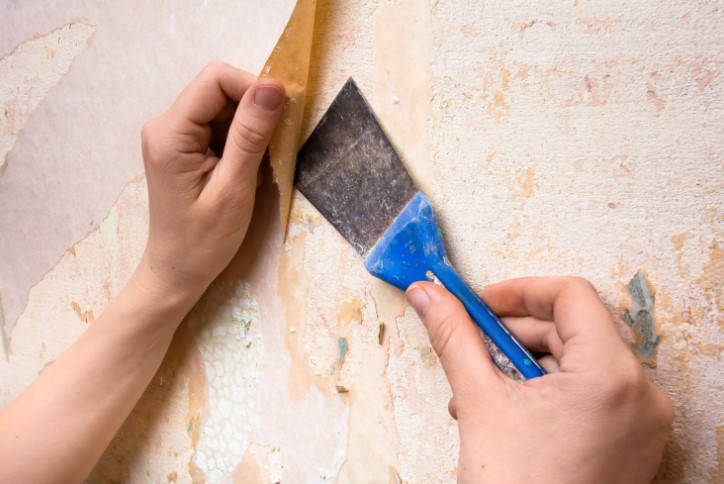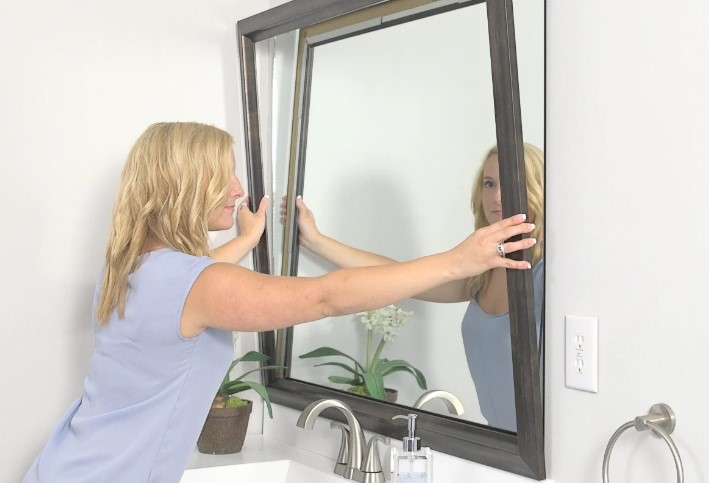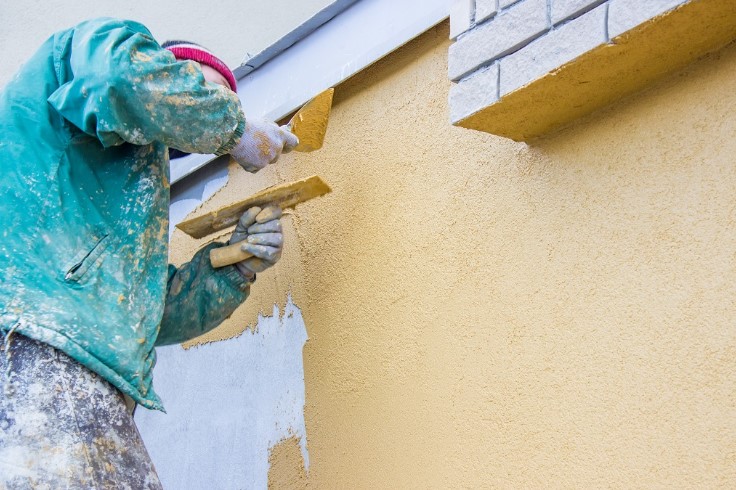
101 of Removing a Wallpaper
Wallpaper removal is a challenging task at best, and most people avoid it at all costs. Endless hours of removing small pieces of paper from the surface with a paint scraper while attempting not to harm your walls come to mind. So then, how to remove wallpaper, is there an alternative?
Wallpaper removing option
Some people may rent a steamer since they have heard it makes the process easier and faster. Take a look at the following:
- First, consider the expense. Unless you already own a wallpaper steamer, you will need to hire one (around $30 per day) or purchase a low-cost DIY machine for around $50.
- Following that, steamers can be dirty and difficult to use. Steamers, in addition to removing the wallpaper, bring a lot of moisture to the room you’re working in. Because they generate steam from hot water, you must wear protective gloves.
- Finally, if you are not careful, they may add extra moisture to the wall leading to the damage of plaster.
The fact is that wallpaper removal can be quick and simple if you follow today’s best practices.
Which surface can you apply the wallpaper on?
This is vital to understand because removing the wallpaper will result in moisture being taken up by the wall structure. Plaster or paneling walls can safely absorb more water than drywall or gypsum board walls. If the paper face of drywall becomes wet, it can easily be harmed if extra care is not given throughout the wallpaper removal process.
- How to Tell Whether You Have Drywall or not: Remove a light switch or outlet cover from the wall to examine what type of wall construction you have (make sure the electricity is turned off first). Once the wallpaper has been removed, you can count the layers to determine whether the wall base is drywall, plaster, or wood.
Collect the tools and supplies
Wallpaper removal does not require any special tools, but you must ensure that you have the necessary goods available. Gather the following tools before you begin to ensure that the job is done correctly the first time.
- Drop clothes
- Trash bags
- A bucket of water and sponge
- Step ladder
Stripping the wallpaper
Using a carefully designed liquid wallpaper stripper is the most cost-effective way to remove old wallpaper and avoid the need for a steamer. Even with numerous layers of wallpaper, the remover does the hard job of forceful scraping.
Begin removing the wallpaper from the walls. To avoid issues, it is always best to begin the process with a test area.
- Roll the scoring tool over an area about 2′ square. Do not apply excessive pressure. You can only score one layer at a time.
- Spray gel remover over the affected area to keep it wet but not drenched.
- Allow the gel 15 minutes to dissolve the previous adhesive.
- Peel off the old paper beginning at an edge. It should peel off easily, indicating how effectively the paper stuck to the layers beneath it. All of the layers may come off at the same moment.
After you’ve removed the test region, you’ll have a decent notion of how to proceed with the rest of the procedure for removing it. Continue scoring, spraying, and scrubbing until the job is finished.
Here are some more useful hints:
- Turn off the power supply in the room where you’re working.
- Work in 4′ broad portions to prevent the remover from drying out.
- To avoid drying out the remover, turn off fans and air vents.
Lastly
Allow the surfaces to dry for at least 24 hours after removing all of the previous wallpaper. You can now start planning for the installation of new wallpaper.
Restore any harmed wall surfaces. Smooth the walls with sandpaper and clean with a gently wet sponge, allow the walls to dry for another 24 hours. Before installing the new paper, prime the wall.

